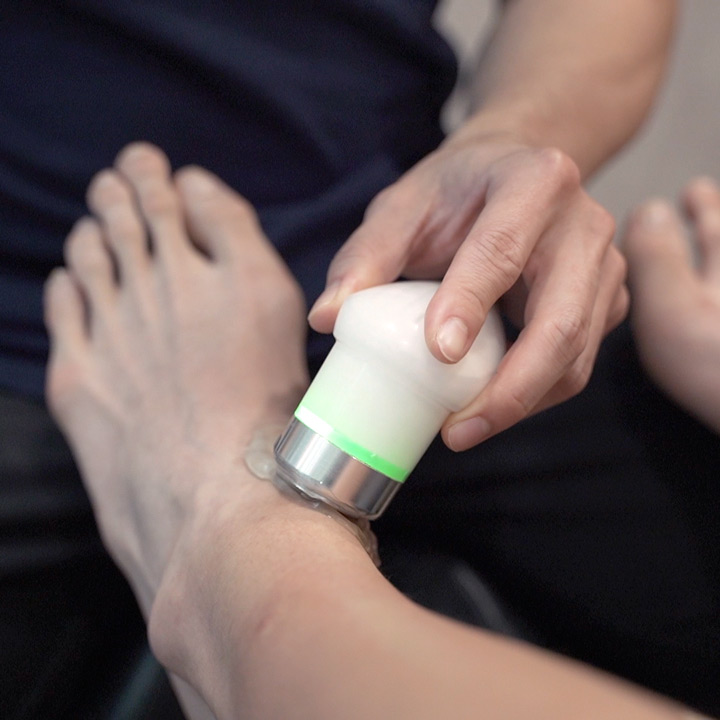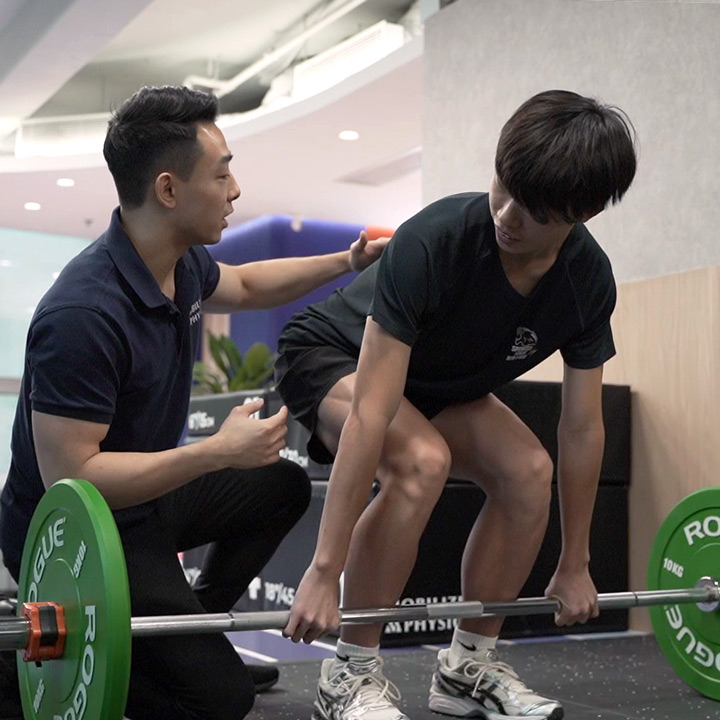Common Conditions
Ankle Sprain
Types, Symptoms and Treatments
Understanding Ankle Sprain
Ankle sprain, also known as a "turned ankle / twisted ankle," is one of the most common sports injuries. It occurs when the ankle joint is forced to move beyond its normal range of motion, leading to the tearing or stretching of the ligaments. The most common type is a lateral ankle sprain, followed by medial ankle sprains and high ankle sprains.
Symptoms of Ankle Sprain
The most prominent symptom is pain around the ankle area, which can hinder your ability to walk or play sports. An audible pop might indicate a more severe injury to the ligament. The following symptoms would start within 1-2 hours following the injury:
- Swelling: usually around the bony landmark of the ankle. Extensive swelling up the leg or down to the foot indicates more severe injury to the ankle;
- Bruising: usually occurring around the ankle and down to the foot and another sign for a more severe injury;
- Restricted ankle movement: twisting (inverting or everting) would usually be the most painful movement to perform after ankle sprains;
- Limp: the patient would need to limp when walking due to pain when weight-bearing and restricted ankle range of motion.


